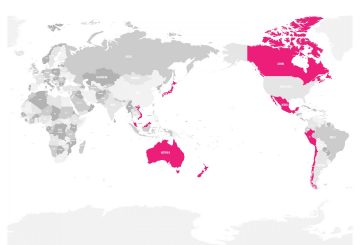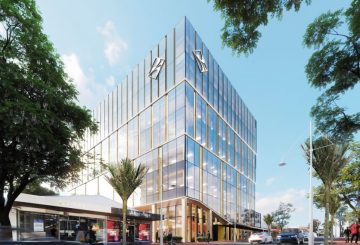오피스와 집 사이를 오가며 시간을 나누는 하이브리드 근무는 팬데믹 이후 세계에서 선호되는 선택이 되었습니다.그런데 뉴질랜드의 부부들은 이런 새로운 업무 방식을 어떻게 관리하고 있을까요?
오클랜드 대학교와 매시 대학교의 연구원인 Joanne Mutter 박사와 Kaye Thorn 부교수는 전문직 부부가 이러한 균형을 어떻게 극복하는지 연구했습니다.그들은 특히 부부가 재택근무를 더 쉽게 할 수 있는 방법을 찾는 데 관심을 보였습니다.
그들의 연구에 따르면 사람들은 일과 삶의 균형과 관련하여 일반적으로 두 가지 범주로 분류됩니다.’통합자’로 알려진 일부 사람들은 밤에 업무 이메일에 답장하고 낮에는 심부름하는 등 업무와 개인 생활을 혼합하는 데 익숙합니다.’분리자’로 불리는 사람들은 일과 개인 생활을 완전히 분리하여 특정 근무 시간을 고수하고 이 시간 외의 업무 관련 업무는 피하는 것을 선호합니다.
파트너가 어떤 범주에 속하는지 이해하면 상황을 더 잘 관리하는 데 도움이 될 수 있습니다.예를 들어, 한 파트너가 분리업체이고 다른 한 명이 통합자일 경우 두 파트너가 밤늦게까지 일하는 것과 같이 건강에 해로운 습관이 생길 수 있습니다.
또한 이 연구에서는 일부 부부가 별도의 작업 공간을 마련하기 위해 집을 옮기는 등 과감한 조치를 취하고 있다는 사실도 발견했습니다.다른 사람들은 방을 용도를 변경하거나 하이브리드 작업에 적합하도록 집을 개조하고 있었습니다.
전용 오피스가 없는 경우에는 업무 종료를 알리기 위해 한 구역을 돌아다니는 것과 같은 새로운 루틴을 만들어 보는 것도 도움이 될 수 있습니다.부부가 직면한 또 다른 어려움은 직장을 그만두는 것이었습니다.다음 날 할 일 목록을 작성하거나 저녁을 준비하면서 ‘업무 종료’ 시간을 정리하는 것이 도움이 되는 사람도 있었습니다.
연구진은 또한 한 파트너가 좀 더 유연한 역할을 맡을 경우 집안일을 더 많이 맡게 되어 아이러니하게도 유연성이 떨어진다는 사실도 발견했습니다.
기업은 다양한 업무 방식을 수용하는 문화를 조성함으로써 직원을 지원할 수 있습니다.예를 들어 일부 회사는 모든 직원의 연결이 끊어지는 데 도움이 된다고 생각하여 ‘근무 시간 외 이메일 금지’ 정책을 시행하기도 하지만, 편한 시간에 이메일에 응답하는 것을 선호하는 사람들에게는 적합하지 않을 수 있습니다.






























































